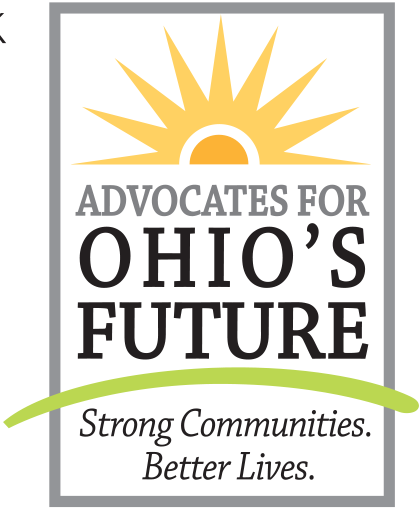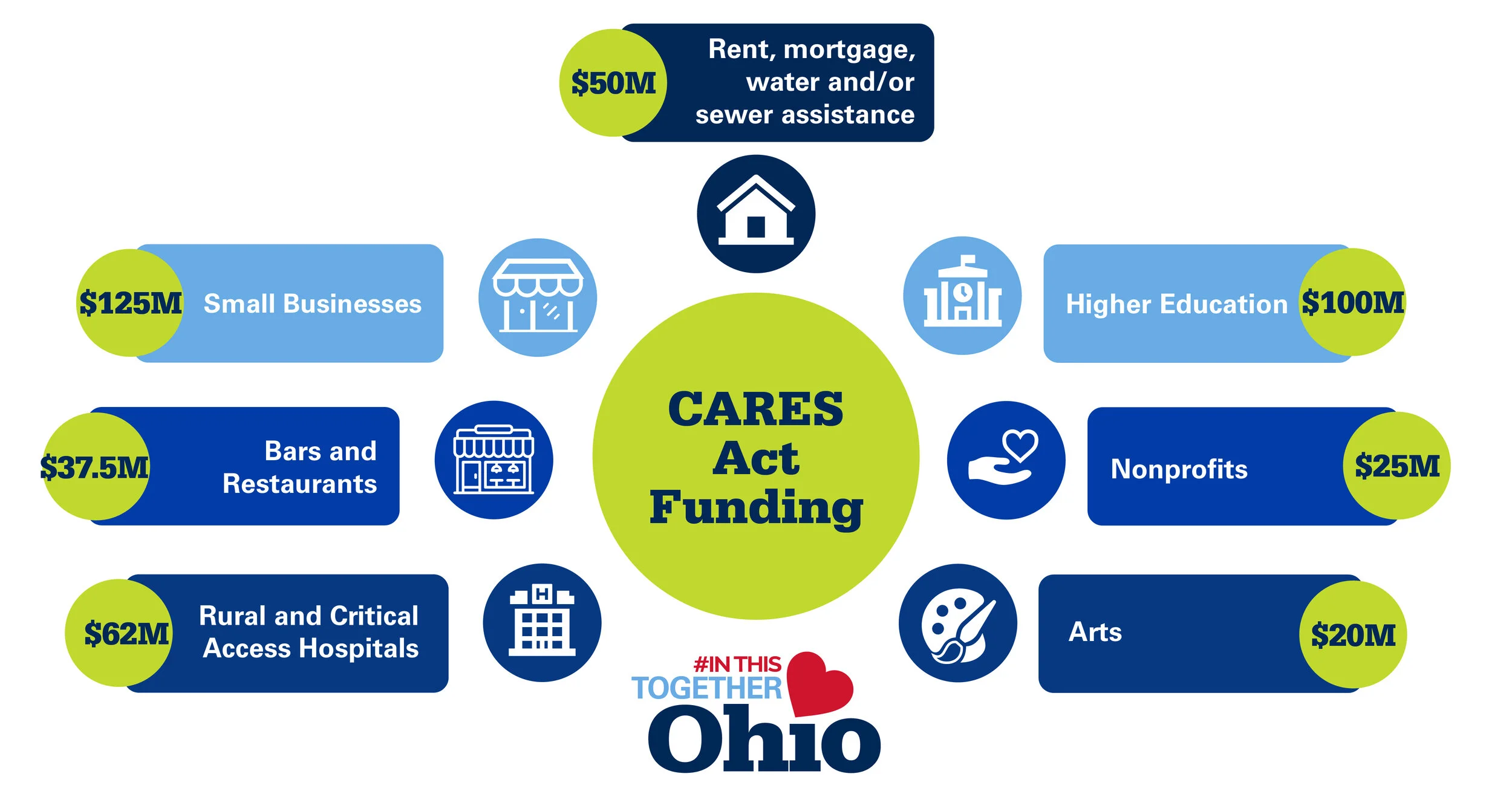On Friday October 23rd, Governor DeWine announced $426 million in federal CARES Act dollar awards to small businesses, hospitals and other organizations affected by the pandemic. These allocations were approved earlier this week by the State Controlling Board.
$125 million to provide grants to small businesses with no more than 25 employees
$50 million to 47 Community Action Agencies to provide rent, mortgage, and water and/or sewer assistance to Ohioans in need. This assistance will help Ohioans pay outstanding balances back to April 1, 2020
Ohio households behind on their bills with an annual income at or below 200% of the federal poverty guidelines will be eligible for assistance. For a family of four, that is an annual income up to $52,400. Starting November 2, 2020, Ohioans will be able to apply for assistance through their local Community Action Agency
$37.5 million for the Bar and Restaurant Assistance Fund
$62 million for rural and critical access hospitals as the response continues for the COVID-19 pandemic. This funding may be applied to additional costs associated with the ongoing pandemic, including various safety measures, and the purchase of critical PPE for first responders
$100 million for higher education. This funding will support critical COVID-19-related services provided at Ohio’s universities and colleges, including expanding testing for students, faculty, and staff, and mental health services
$25 million designated for nonprofits
$20 million to support Ohio’s world-class arts organizations
The state so far has awarded $2.1 billion of its $4.5 billion share from the federal CARES Act, passed by Congress and signed by President Donald Trump earlier this year. Of that money, $1.2 billion went to local governments, $486 million went to nursing homes and other skilled long-term care facilities, $200 million went to colleges and universities and $100 million went to K-12 schools.
The remaining funds are dedicated to continued testing and other measures to control the spread of COVID-19.

